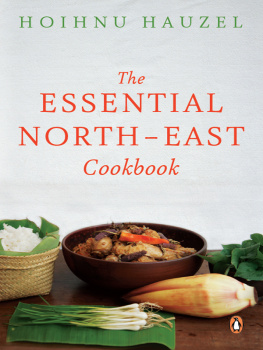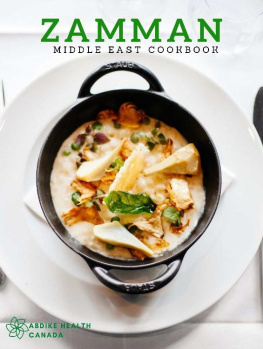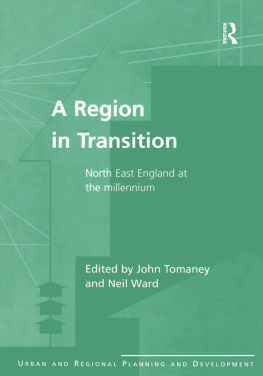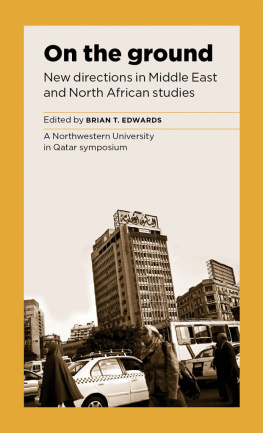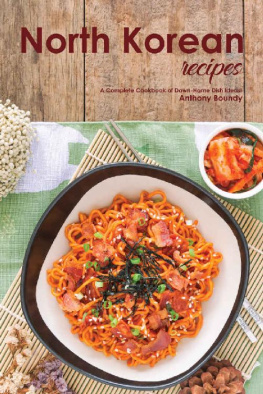Hoihnu Hauzel is a native of Manipur. She completed her schooling in Shillong and Delhi, and has a masters degree in political science from Delhi University. She has been a journalist for the last fifteen years and has worked with the Asian Age, Indian Express, Hindustan Times, the Times of India, and the Telegraph in Delhi. She is currently pursuing an independent writing career and continues to promote the North-East through her writings and entrepreneurial ventures like her travel portal, Northeast Odyssey (www.northeastodyssey.com) and a digital North-East lifestyle magazine, NE Travel and Life (www.netravelandlife.com).
Introduction
Culture and Food Habits
Catch a dog, kill it, roast it and eat it, and what you have is a North-East delicacy, a North Indian friend once remarked jovially. Of course, food from the North-East is much more than just the imagined dogs meatit boasts exotic delicacies that are not a part of mainstream Indian fare.
The rest of India knows very little about the people and cuisine of North-East India: Assam, Arunachal Pradesh, Meghalaya, Manipur, Mizoram, Nagaland, Tripura and Sikkim. Just like their topographical beauty, the gastronomic fare of the eight states remains by and large hidden from the rest of the country. This segregation has more to do with a lack of marketing than inadequacies in the cuisine itself, and so these delicacies continue to be prepared and appreciated within the confines of their areas.
A lot has changed since the first edition of this book came out in 2004. There was no way for the rest of India to have a glimpse of what food from that mystic part of India was. Momosthe true offshoots of the Tibetan influence in Sikkim were all that people thought food from the North-East was all about. Interestingly, things have changed in the last few years. The evolution of food in India has also brought many regional cuisines of the country to the fore. More importantly, the growing attempt to create a continuous dialogue and build bridges between the North-East and the rest of India has ensured that the food from this region must now travel naturally and inevitably out of its boundaries. This enabled many enterprising food entrepreneurs from the region to gather the courage to open restaurants serving North-Eastern food. Most of them began with the predictable and palatable dishes and slowly graduated to more authentic North-Eastern fare. These offerings are not lapped up only by homesick North-Easterners. Rather, a growing tribe of converts who are willing to experiment with different flavours have kept businesses thriving till date. So, it is no longer just the food pavilions at New Delhis Dilli Haat that serve food from the North-East.
There is something about the flavour from this region that is slowly gaining ground and acceptance from people outside the region. Its not quite Thai, but close enough to be compared because of the many shared and common ingredients like khang khuwhich the Paite tribes in Manipur love and the Thais call cha-oma leafy green of a tree with a strong peculiar aroma. The flavour of North-Eastern food is somewhat reminiscent of Vietnamese food because it is bland. It can also be compared to Malaysian food because of some of the common ingredients. But the main difference is that Malays use coconut, which people in the North-East have traditionally not had access to, except in Assam where coconut is found in abundance. Considered exotic anyway by gourmet gurus, this simple and healthy but flavourful food that uses natural spices and little oil is finding takers slowly but surely. Food connoisseurs are waking up to the new flavours from the North-East. In their quest for exotic food from different corners of India, many enterprising chefs are more open and willing to experiment with food from this part of the country. We may still conclude that while food from the corner of India has huge potential, what it needs is to be served in the right place with the right selection of dishes.
Food from the North-East is garnering attention which is international as well. Gordon Ramsay came to India to film an episode of GordonsGreat Escape and, in a book by the same name, featured two recipes, fish tenga, an Assamese sour fish curry, and Majuli fishcakes with tomato, another local dish of the island, both of which made it to his 100 favourite recipes from India. The celebrated chef, who boasts twelve Michelin stars, headed all the way from London to Nagaland and Assam to find out why Nagas use bamboo shoots in every form: fresh, smoked and dried. He also noticed that people from that region use more natural and fresh spices like chillies, ginger and garlicnot dry spices like the rest of India. And when Italian slow food icon Carlos Petrini came to India, it was in Meghalaya that he bonded with the locals over sumptuous pork curry and the many interesting herbs and spices that he was surprised to see. I have never had such delicious food. It is interesting, Petrini had told the author of this book.
So what is food from North-East all about? The dishes of the North-East are not laced with oil and spices, yet they are delicious, and the locally grown aromatic herbs make them exotic. They are light, healthy and easy to prepare. Simplicity, in fact, is the hallmark of North-Eastern cuisine. The basic components of a meal are steamed or boiled rice, accompanied by a gravy-based meat or fish dish, and a chutney, washed down with a soup of boiled vegetables. The best way to relish a North-Eastern meal is to eat it with your hands. The younger generation may now use spoons and forks, but they return to their roots when they really want to enjoy their meals.
Unlike the oily, rich food prepared in some other parts of India, which is heavy and cannot be eaten all the time, you keep coming back to the bland and barely spiced fare of the North-East. However, it is still an acquired taste, partly because of the lack of spices but also because of the overpowering flavours of some of the ingredients, like the fermented bamboo shoots.
There are differences in the items consumed and the preparation of food among the people of the North-East, based on religion and culture. The tribes not influenced by Hinduism relish meat, while Hindu communities like the Asomiyas of Assam eat fish and mutton, and the Meiteis of Manipur eat fish at the very most. The people of the predominantly Christian states of Nagaland, Mizoram, Meghalaya, and about 40 per cent of the Manipuris, do not have any religious restrictions in their diet. Tribes like the Bodos of Assam consider a meal incomplete without pork, and the tribes of Tripura must have fermented fish to complete their meal.

